© paperbacKnow limited 2013 -
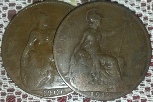

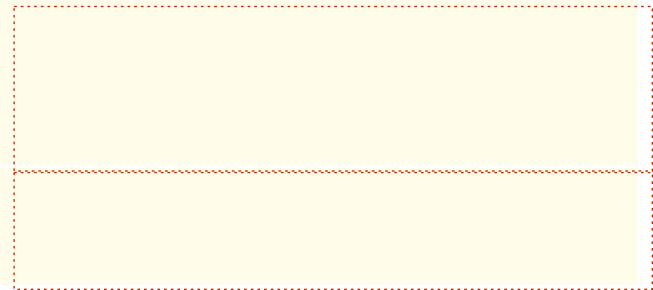
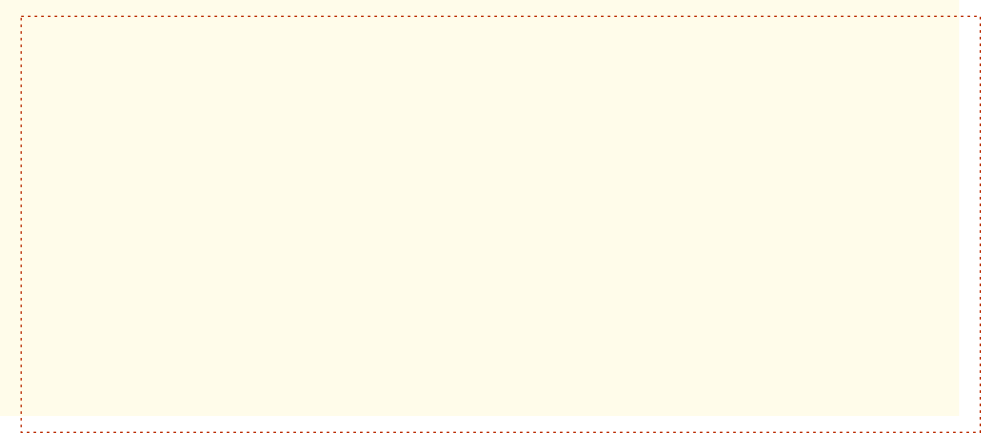
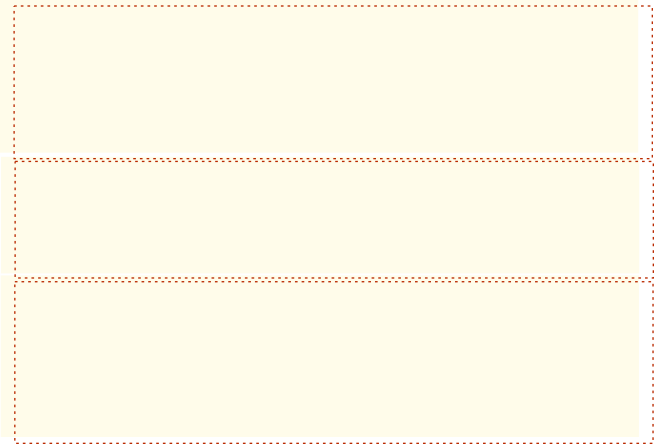
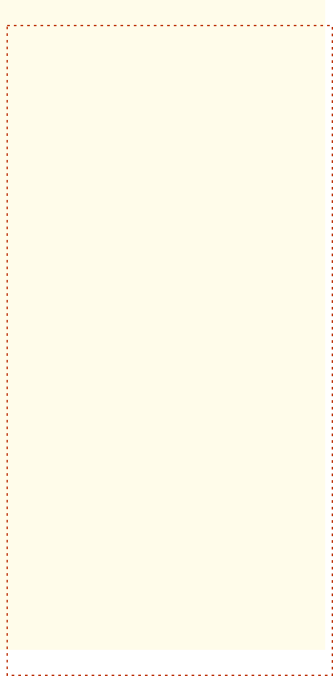
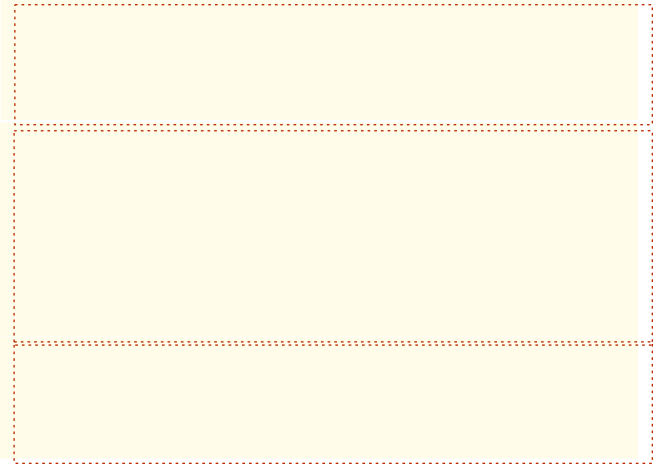
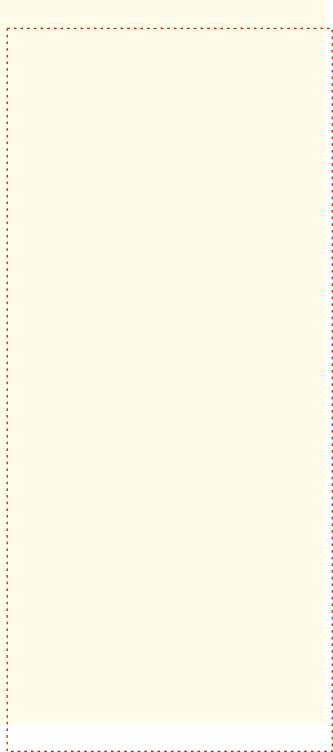
Episode 6 of Tudor Monastery Farm was first screened on 18th December 2013 on BBC2. It is available on BBC iplayer until 27th December 2013.
Another farming year is drawing to a close. It’s September and time to get the harvest in.
The barley is harvested using sickle, which makes the ploughing and planting we saw in episode one look like a walk in the park.
Before the advent of refrigeration, the preservation of meat required significant amounts of meat. Mostly this was imported, but if you happened to live near a supply of salt water, you could extract salt from the brine. Ruth shows us how this was done by boiling the waster in huge lead vats. Yes lead.
The results of this process were variable. The best (white) salt was used for making cheese as we saw in an earlier episode while the greyest was used for cleaning.
Ruth takes the best of her salt to salt some beef.
With the harvest done, it’s time to celebrate. And that is the end of the agricultural year.
Much of the rest of the show relates to the upcoming dissolution of the monasteries and how this would affect life in the years to come.
The monasteries were a significant force in the medieval economy, providing employment to a variety of craftsmen and labourers. Their beautiful buildings kept the masons in work. They were also centres of learning and of charitable work.
Salt
This looks like it was filmed at Weald and Downland. There is no supply of brine there, so far as I know, which is perhaps why we don’t see where it came from. But in the background we can see what liks like the corner of the roof of a medieval cottage from Hangleton.
Cottage from Hangleton
This is a bit of an exception for Weald and Downland. Although it was reconstructed at the museum in 1971, it wasn’t dismantled at its previous site first. It is, in fact, a complete reconstrunction based on archaeological evidence from an excavation between 1952 and 1954. The cottage it is based on was abandoned in the 14th century and had long since fallen down.
Nevertheless, it is a particularly interesting building. This is how the peasants may have lived in years gone by. It’s not much more than a hut. And nobody lives like this in this country nowadays. So houses such as this are hard to come by.
Like all the other buildings, it has its own page on the Weald and Downland web site.
Salting Beef
Beef that has been preserved by salting is what was traditionally known as corned beef. The reference to corn being to ‘corns’ of salt rather than to any sort of grass seed. It is what we nowadays call salt beef. Nothing like the corned beef we now buy in cans.
The Mason
Stone is a durable material. But nothing lasts forever. Like everything else, stone buildings require maintenance. And beautifully carved stonework requires the attention of skilled stonemasons.
Gloucester Cathedral has a lot of stonework to maintain so in 1989 it set up its own maintenance department where the master mason, who we see at work, is assisted by three masons and two apprentice masons.
Medicinal Herbs
For millennia, herbs were the only medicines we had. Even today, many modern pharmaceuticals are based on plant extracts. In some cases, these remedies were handed down by word of mouth amongst the common people, but many were recorded in writing. These ancient texts, however, were commonly written in Latin. Only in the 17th Century did Nicholas Culpeper publish his Complete Herbal documenting the virtues of different plants in English.
That’s it then. The series is over. But there is a Christmas special yet to come .
You can learn more about Tudor Monastery Farm in a BBC book to support the series -
The team will be back, however, with a Christmas special on new years eve.
If you like Tudor Monastery Farm, the previous farm series from the same team are all available on DVD.
The Tiles
Peter is taught how tiles were made in Tudor times by Karen Slade from the Company of Artisans. An expert in medieval tile making, she makes tiles to order and also offers training courses. You can learn more on the Company of Artisans website.
Hailes Abbey and Church
Little remains now of the once great Hailes Abbey. Yet Hailes Church, which was once dependent upon the abbey, remains. Noted for its medieval floor tiles (some of which may, in fact, be replacements recently manufactured using authentic processes) and for its wall paintings. Unlike those we saw previously, these are genuine wall paintings which survived the reformation.
The Abbey and church are located near Cheltenham. You can find out more in the English Heritage website.
Dr Eleanor Lowe
We are granted a better look at the cottage from Hangleton which is where the team meets Eleanor Lowe. Dr Lowe is Senior Lecturer in Drama at Oxford Brookes University. You can find out more on the Oxford Brookes University website.

The Alchemist
Previously introduced to us as the distiller, Jack Greene is now an alchemist which I guess is pretty similar. It appears to be one of a range of historical roles he plays mainly for schools and colleges. He can be found in the Tudor Market.
Read more about Tudor Monastery Farm Episode 1, Episode 2, Episode 3, Episode 4, Episode 5.
BBC is repeating Wartime Farm Christmas. Read more here.